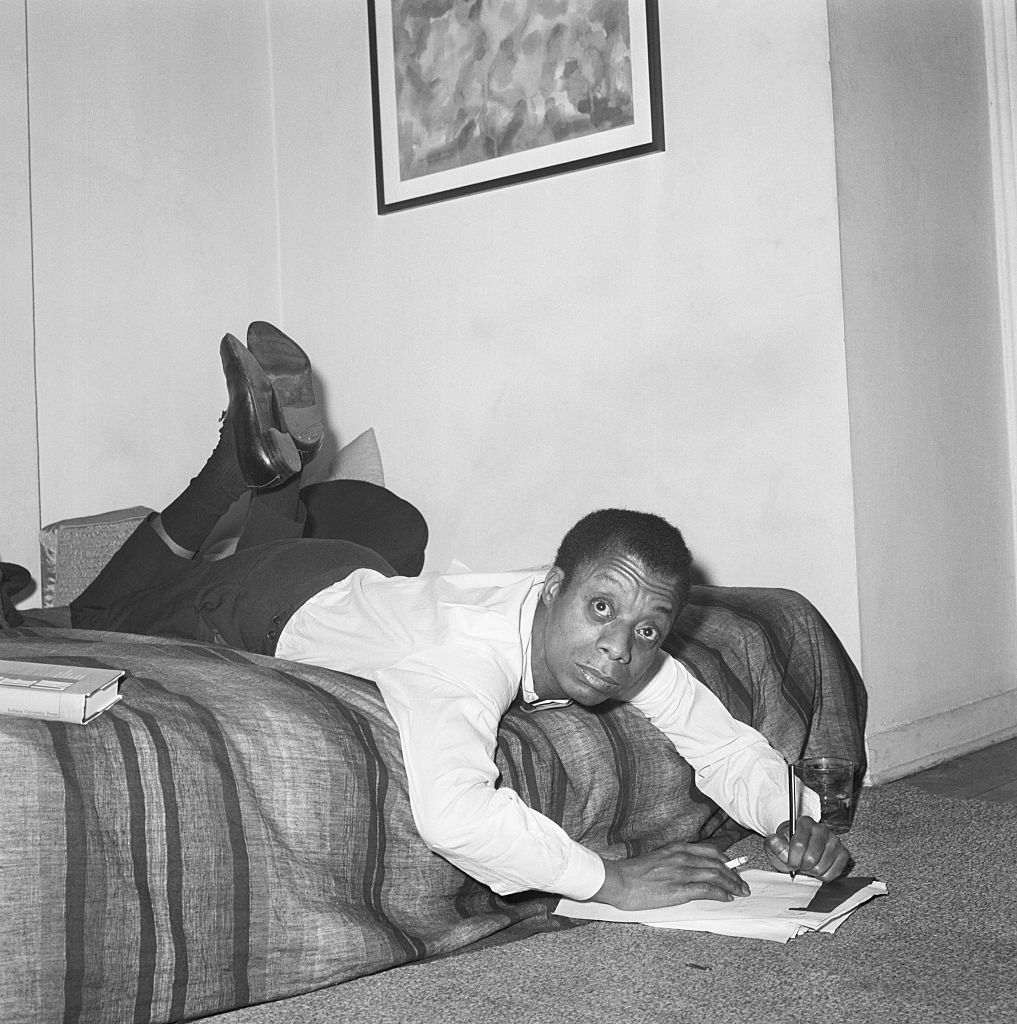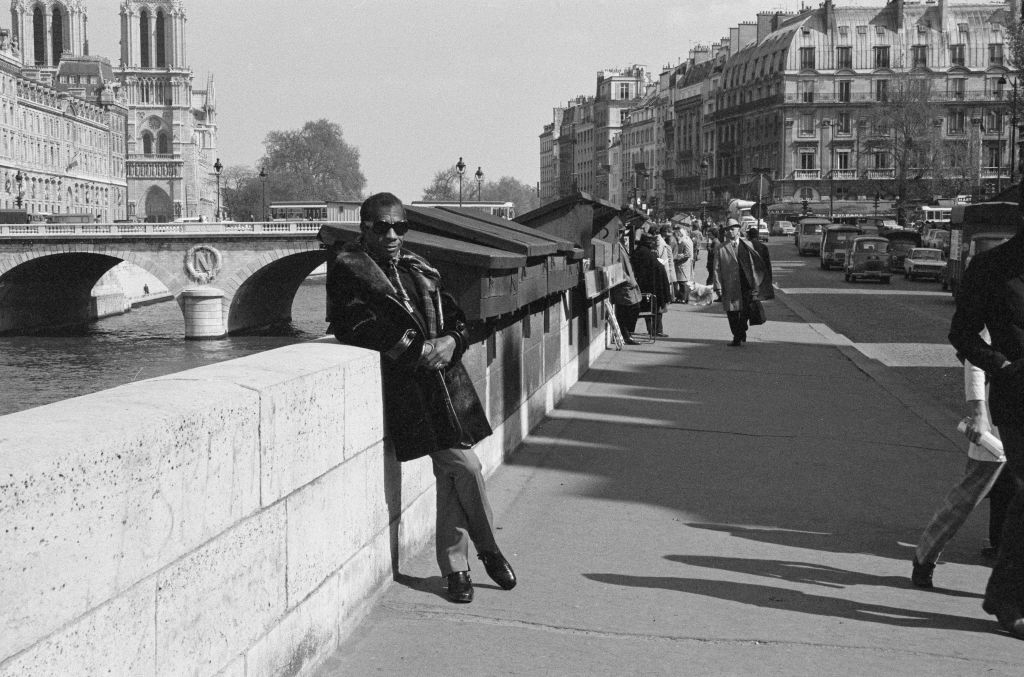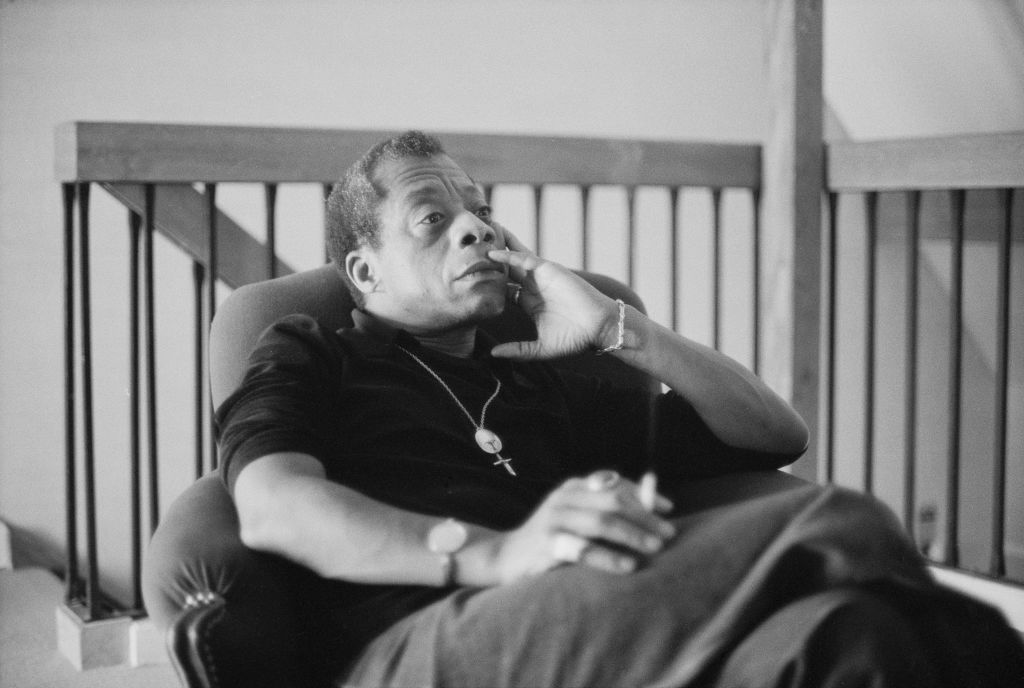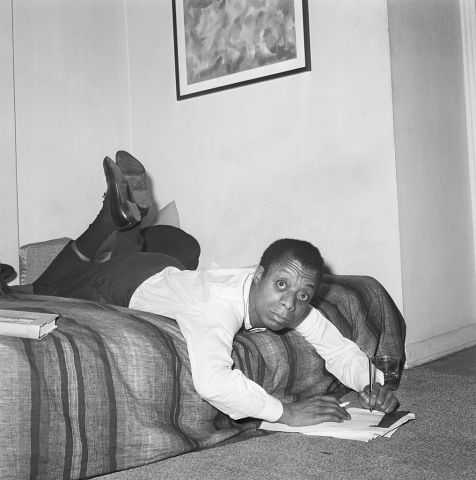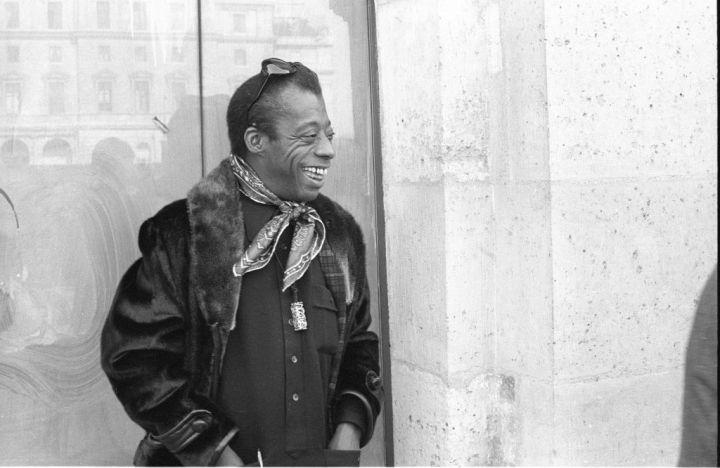
Circuit Court Judge Bruce Schroeder presides over a pretrial hearing for Kyle Rittenhouse, foreground, at the Kenosha County Courthouse in Kenosha, Wis., on Oct. 25, 2021.
Photo: Mark Hertzberg/Pool Photo via AP
When anti-fascist activists physically confront white supremacists in the streets, it’s a common liberal response to disapprove of such interventions by invoking the rule of law. Fascists, we are reminded, have a legal right to rally and disgorge their putrid views in public. When fascists then act on the violent promises of their speech — by attacking people of color, stabbing leftists, or, say, storming the seat of U.S. government — credulous liberal logic does not bend: no need for robust anti-fascist action; violent fascists should answer to the law.
The claim is laughable on its face. Even the FBI has admitted that U.S. law enforcement agencies have turned a blind eye to the explosive rise of organized white supremacist extremism in the last decade. It only makes sense to expect that the purveyors of racist state violence would enable racist civilian violence. Yet even when the judicial system does turn its focus on far-right figures, we see the profound limitations in the notion of putting fascism on trial.
We find ourselves in an unusual moment in U.S. legal history, as a number of high-profile state and federal trials are currently taking aim at white supremacist defendants. Alongside the ongoing cases against participants in the January 6 riots, a civil trial began this week against organizers of the deadly 2017 “Unite the Right” rally in Charlottesville, Virginia. In Wisconsin, meanwhile, pretrial hearings have begun in the case against Kyle Rittenhouse — the armed, pro-Trump fanatic who traveled across state lines during last year’s Black liberation uprisings and shot dead two anti-racist protesters.
The January 6 defendants are, despite their protestations to the contrary, receiving considerably more lenient sentences than activists on the left facing comparable charges from protest-related arrests. In the same vein, a number of developments in the other white supremacist cases last week showed the judicial system’s ideological commitment to censuring left-wing and Black liberation movements, even while purportedly addressing some of the most extraordinary fascist violence of our time. The Rittenhouse criminal case and the “Unite the Right” civil lawsuit already offer crucial insights into the limits — and the possibilities — of fighting fascism with the law.

Protesters clash with Kenosha County police in front of the county courthouse during demonstrations against the shooting of Jacob Blake in Kenosha, Wis., on Aug. 24, 2020.
Photo: KAMIL KRZACZYNSKI/AFP via Getty Images
Rittenhouse Murder Trial
Rittenhouse’s trial is yet to begin, but ever since he chose to travel to Kenosha, Wisconsin, and hunt down anti-racist protesters with an assault rifle, he has received significant far-right support, including from government forces and, it now appears, the judge presiding over his case. Leaked Department of Homeland Security memos last year revealed that federal agents were advised to publicly support the right-wing teen and claim that he “took his rifle to the scene of the rioting to help defend small business owners.”
Hundreds upon hundreds of Black Lives Matter protest arrest cases, which should have been prosecuted on a state level, were deviously transmuted into federal courts. On the other hand, Rittenhouse — who actually crossed state lines — is facing murder charges on the state level alone.
Judge Bruce Schroeder, known in Wisconsin for controversial past rulings, appears to be going out of his way to set the stage for Rittenhouse’s self-defense claims to succeed. Schroeder ruled in September that prosecutors could not admit into evidence Rittenhouse’s previous involvement with the Proud Boys — despite the clear relevance such an extremist association could have to proving violent intent. More shocking still, last week the judge decided that prosecutors are not allowed to refer to the people Rittenhouse shot dead as “victims” during the trial, because it is too “loaded” a term. Schroeder said he would, however, allow the defense to use the terms “rioters,” “looters,” and “arsonists” to describe Rittenhouse’s victims.
A court trial is, by its nature, a matter of competing narratives. With his rulings on permissible language, Rittenhouse’s judge — and it seems right to describe Schroeder as belonging to Rittenhouse — has fixed the narrative possibilities in favor of the racist killer. This is not only a matter of whether Rittenhouse gets away without consequences for the killings, which he might, but also how the context of his brutal actions is historicized in law. The correct narrative is one of state-sanctioned white supremacist vigilantism at a time of powerful Black uprisings. The story that threatens to win the day, however, turns this white backlash into a heroic force.
Whether or not the 18-year-old Rittenhouse is found guilty, it will not serve as some form of reckoning for the white supremacist forces and ideologies that informed his actions.
Whether or not the 18-year-old Rittenhouse is found guilty, it will not serve as some form of reckoning for the white supremacist forces and ideologies that informed his actions. Criminal trials of this sort, much like the murder trials of individual racist cops, are structurally incapable of putting any sort of system on trial. Jurors are asked to consider individualized culpability, and there is no doubt that this sits on Rittenhouse’s shoulders — an acquittal on self-defense grounds would be a disgrace. But the teenager didn’t kill two Black Lives Matter protesters because he was somehow a unique bad apple; he did what powerful fascist forces from the media to the former president to the very law enforcement officers he met hours before the shooting encouraged him to do.
There are scant anti-fascist tools to be found in criminal trials against white supremacists, brought by a white supremacist government and presided over by a judiciary stacked with right-wing judges, wherein victory amounts to carceral punishment.

Anti-fascist protesters link arms at an event on University of Virginia campus marking the one-year anniversary of a deadly clash between white supremacists and counterprotesters, on Aug. 11, 2018, in Charlottesville, Va.
Photo: Win McNamee/Getty Images
Charlottesville Civil Case
Anti-fascist action does, however, have a strong precedent in the Charlottesville lawsuit. There is a notable history of successful anti-fascist, anti-racist moves geared toward bankrupting and thus severely weakening white supremacist groups through civil court cases.
This is the aim of the civil lawsuit brought against 14 men and 10 groups — neo-Nazis all — considered to be the main organizers of the “Unite the Right” rally. The case’s nine plaintiffs all suffered considerable physical or emotional trauma because of the fascist event, during which a neo-Nazi plowed into a crowd of anti-fascist counterprotesters, killing one and injuring many; a young Black man was viciously beaten by racists with metal poles in a parking lot by a police station; and white supremacists the previous night marched Ku Klux Klan-like with burning torches while chanting “Jews will not replace us!”
The case hinges on whether the defendants — including two KKK chapters, the National Socialist Movement, the punchable white supremacist Richard Spencer, and the “crying Nazi” Christopher Cantwell — engaged in conspiracy. “We are going to show you that the defense came to Charlottesville with a plan for violence with racial and religious hatred,” Karen Dunn, an attorney for the plaintiffs, said Thursday during opening arguments.
Evidence against the fascists is vast. There are reams of text messages and Discord chat threads detailing plans to bring objects like flags and Mace spray to use as weapons. The fascist Jason Kessler, the original organizer and a defendant, helped compile a “style guide” to advise participants on how to communicate through racist dog whistles and thus hide true violent intent in advance of the rally. While recommending the deployment of euphemism, the document also at one point adds, “I really do mean gas” Jews — but using a slur for Jewish people.
In a civil trial, with a lower burden of proof needed to rule in the plaintiff’s favor, this case should be cut and dry. The defendants, whether or not they all knew each other, were all conspiring to plan a violent, racist, fascist event. They succeeded and, in the aftermath, celebrated the violence as such. Kessler described the young anti-racist protester killed at the event, Heather Heyer, as a “fat disgusting communist” in a tweet, adding, “Looks like it was payback time.”
The events in Charlottesville were an inflection point in the Trump era. President Donald Trump, reflecting on an unbridled fascist spectacle, spoke of “very fine people” on “both sides.” Drawing intolerable false equivalences between the far right and the far left was not only a Trumpian specialty: It also undergirds the Biden administration’s approach to domestic extremism. And in the civil case against organizers of neo-Nazi violence, questions about the alleged threat of antifa have already emerged in jury selection, as has the mythic notion of anti-white racism.
One potential Black juror was struck because, according to Cantwell, the crying Nazi who is absurdly acting as his own counsel, “she seems to be very concerned about race. … She is worried about racism in all categories except against white people.” Another juror who will be permitted to serve described Black Lives Matter as “a sham” and “lie-filled.” And another juror who will serve said of the “Unite the Right” rally, “All I kind of remember is that there were two sets of extremist groups” — as if counterprotesting a mass fascist gathering is an act of extremism rather than moral obligation.
Civil suits like these not only aim to deliver financial reparations to victims of organized fascism, but they also function as anti-fascist interventions.
The plaintiff’s lawyers, from the nonprofit civil rights group Integrity First for America, are relying on the 1871 Ku Klux Klan Act, which was designed to prevent the klan from denying freed slaves their civil rights. Civil rights groups have been using the Reconstruction-era law against white supremacist extremists for four decades. The precedent was set by five Black women in Chattanooga, Tennessee, who sued the Justice Knights of the Ku Klux Klan in a class action on behalf of the city’s Black community, following a shooting spree that left four Black women injured. The women’s attorney dusted off the 1871 law for the purpose, and it has been used in a number civil suits based on conspiracy claims ever since. It’s also being deployed in certain January 6 conspiracy cases.
Civil suits like these not only aim to deliver financial reparations to victims of organized fascism, but they also function as anti-fascist interventions. Anti-fascist action — including the deplatforming of white supremacist figures, shutting down fascist rallies, doxxing organizers, and sometimes militant confrontation — aims to make the consequences of fascist organizing intolerable if not impossible.
Using tort law to bankrupt fascist organizations and individuals sits within a set of consequentialist anti-fascist practices: The court proceeding will not itself serve as a reckoning for fascist ideologies; the jury will not be passing judgment on the inherent evil of white supremacy. If successful, though, the plaintiffs will economically devastate several major white supremacist organizations.
The criminal legal system cannot be trusted as a bulwark against fascism. In the courts, anti-fascists must use the tools available to fight the far right. We must, in a manner of speaking, take the law into our own hands.
The post Cases Over Far-Right Violence Show Limits — and Opportunities — for Anti-Fascism in the Courts appeared first on The Intercept.




